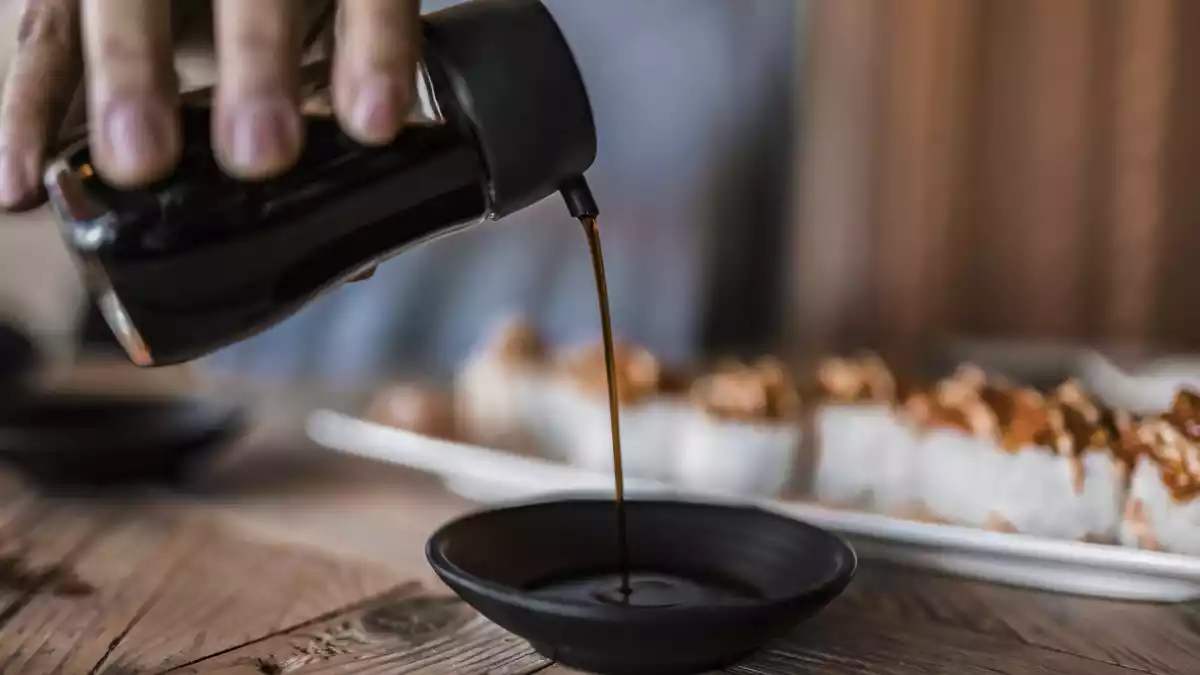The homemade trick to know if your soy sauce is of quality

For years most of us have chosen soy sauce because of the bottle, the brand or the price. But there is a little home experiment, based on well-known physicochemical principles, that can give you clear clues as to whether that bottle deserves to be in your kitchen. No need to open it, no need to taste it, no need to know Japanese. You just need to shake the bottle and look at a very specific detail. But before explaining what to look for, it's important to understand why not all soy sauces are the same.
It all starts in the fungus
Soy sauce is born from fermentation: an ancestral process in which the fungus Aspergillus oryzae breaks down soy and wheat proteins for months, releasing amino acids, sugars, organic acids and a good dose of that umami flavor that drives us crazy.
When the process is long and natural, a large number of complex compounds are generated that not only give flavor, but also affect texture, density and... yes: also the behavior of the bubbles.
The home experiment
Now it is. The trick is simply to shake the bottle gently.
If, after doing so, you notice that many small bubbles appear and take several seconds to disappear, this is a good sign: it could be a naturally fermented soy sauce that has been fermented for a long time.
Why is that? Because amino acids, peptides and other compounds generated during fermentation stabilize the film around the bubbles, making them more resistant. It is the same principle that allows, for example, the foam of a well-brewed beer to last longer.
Does that mean it always works? Not exactly. Although this small gesture may give you a first clue, there are many factors that influence the stability of bubbles: from the viscosity of the liquid to the design of the packaging. So take it as an interesting clue, not as infallible proof.
Does it always work?
It is not an infallible method, but it is a good first filter to guide you, especially if you do not have clear references of the brand. You can complement it with other indicators and thus, reinforce that first impression with other reliable indications:
- A simple list of ingredients, without unnecessary additives.
- The mention of a "natural fermentation" on the label.
- A clean, bright amber color.
- And a balanced aroma, with well-integrated toasted, sweet and saline notes.
So...
The next time you buy soy sauce, remember: shake, look not only at the brand, label, color or price and decide.
A minimal gesture, based on what we know about fermentation and foam physics, can help you choose more judiciously and enjoy a condiment with more body, aroma and depth.
How about you?
Have you ever heard of this trick, have you ever tried it with a specific brand, and do you notice any clear differences between the soy sauces you use?
Tell us your experience in the comments or share this article with someone who still thinks they all taste the same.
 Patricia González
Patricia González
Comments